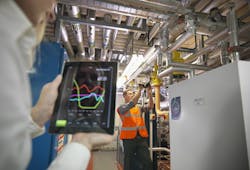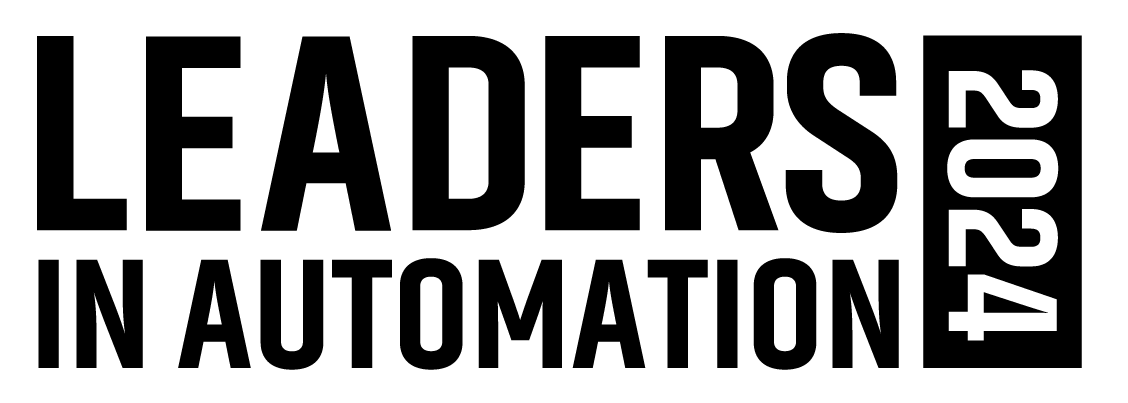Energy—access to affordable, reliable, sustainable energy—has become a driving force the world over. For industry, that force looms large in the efficiency of operations.
“Over the next 20 years, we’re going to see at least a 1.5-times increase in the consumption of energy,” said Andy Bennett, senior vice president of IoT EcoStruxure at Schneider Electric. “At the same time, there’s a push to drive down CO2 emissions by half.”
Bennett was explaining his company’s stance on energy efficiency during a keynote presentation for Schneider Electric’s Innovation Summit, held recently in Chicago. “We’re seeing a massive proliferation of distributed energy resources,” he said. “The way we think about energy efficiency is going to change dramatically.”
Bennett sees the way forward in energy efficiency driven increasingly by the connected world in which we live and its application to industry—i.e., the Industrial Internet of Things (IIoT). “If something can be connected, it will be,” he said. “It absolutely will be.”
To prove his point, Bennett pointed to two examples demonstrated recently at an incubation group meeting in Silicon Valley. The first was a $175 dog collar from Alpo: “It monitors how often your dog eats, what it eats, if it throws up,” he mused. The other, a connected hairbrush from L’Oreal, monitors how much you’re brushing your hair, the velocity of your brushing, etc., and provides feedback on how to change your hair brushing behavior.
Bennett’s takeaway: “It’s ludicrous to think a major breaker that keeps this building or a hospital running isn’t going to be connected,” he said. “If you’re going to connect a hairbrush, you’re probably going to connect critical infrastructure. I think that goes without saying.”
Schneider Electric is leveraging capabilities within EcoStruxure—the company’s framework for IIoT enablement—to drive energy efficiency for its customers. The supplier manages close to $40 billion in energy spend for its customers. On average, Bennett said, those operations have seen a 30 percent reduction in energy consumption.
Technology that Schneider Electric acquired almost seven years ago through its purchase of Summit Energy—including an energy and sustainability reporting platform, and risk management analysis and modeling for energy commodities—has been woven into Schneider Electric’s core fabric, according to Bennett. “EcoStruxure ties so tightly into that.”
Energy efficiency is a key focus for everything Schneider Electric does, according to Carlos Villa, vice president of Schneider Electric’s U.S. Industry business. “We believe that energy is a basic human right that has to be available for anybody, any place, any time, in a safe and reliable manner,” he said. “That’s what we talk about when we say, ‘Life is on’ [the company’s slogan]. It’s a higher-level meaning as to why we’re here.”
Translated to industry, Schneider Electric sees more and more of its customers looking to consume less energy. “Some have a vision of reducing their carbon footprint. Others are looking to improve their bottom line or profitability of their business,” Villa said. “Regardless of why they embark on their energy reduction journey…at the end, it will improve their P&L.”
In an EcoStruxure deep dive focused on the water/wastewater industry, François Bravo, automation business development manager for the water/wastewater sector at Schneider Electric, pointed to a couple quick examples of how the IIoT platform could provide energy savings. In one case, the platform helped reduce energy consumption at Sydney Water—Australia’s largest water utility, which had been accounting for almost 1 percent of New South Wales’ electricity demand. At a Fritzens wastewater treatment plant in Tyrol, Austria, Schneider Electric helped the high energy consumer reduce its energy usage by 65 percent, while also increasing wastewater processing capacity by 55 percent, Bravo said. “They changed from being an energy consumer to being an energy provider,” he added.
Earlier this year, Schneider Electric entered into a four-year partnership with Sustainable Energy for All (SEforALL), a non-profit organization focused on providing universal access to affordable, reliable, sustainable and modern energy for everyone. Joining forces with companies such as Enel, Iberdrola and Philips Lighting, Schneider Electric is involved in various programs within the partnership centered around industrial energy efficiency, building efficiency, electrification and more.

